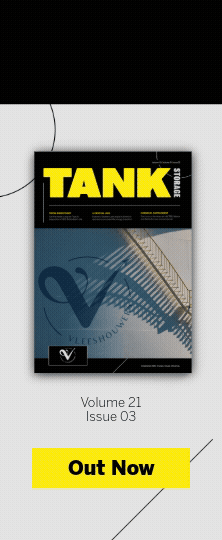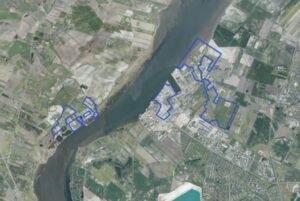IMTT and the Louisiana Environmental Action Network (LEAN) have announced a pioneering partnership to help build a neighbourhood-based air quality monitoring system in St. Rose, Louisiana, USA.
The effort, part of the larger project known as the Louisiana Community Air Monitoring Network, will install stationary sensors between Baton Rouge and New Orleans that will collect data to help communities better understand environmental factors that impact their quality of life.
IMTT is the first Louisiana company and industry leader to join LEAN and its partners in this nationally funded effort. ‘IMTT believes deeply in its responsibility to be a good neighbour, and we have demonstrated to all stakeholders, including other industry leaders, the value of listening to and collaborating with communities,’ IMTT chairman & CEO Carlin Conner says. ‘Working with LEAN on the Community Air Monitoring Network is another opportunity to showcase one of the many ways that we care for the people who live and work along the Mississippi River.’
‘We are excited to welcome IMTT into our coalition of environmentally conscientious organizations dedicated to protecting the health and quality of life of everyday people,’ says LEAN co-founder and executive director MaryLee Orr. ‘Our Community Air Monitoring Network will provide a clear, hyper-local understanding of the environment in neighbourhoods, allowing us all to make informed decisions to improve lives.’
LEAN launched the Community Air Monitoring Network in 2023 after securing funding from the U.S. Environmental Protection Agency’s Enhanced Air Quality Monitoring for Communities program. IMTT and LEAN began talks in July after months of researching opportunities for community air monitoring in response to conversations with resident members of IMTT’s Community Advisory Panel (CAP) in St. Rose.
Read more: IMMT’s Greener & Cleaner Strategy
LEAN and IMTT formalized their partnership in August. Several stationary air monitors will be positioned deeper into neighbourhoods and closer to residents’ homes than the existing monitoring stations installed by the Louisiana Department of Environmental Quality (LDEQ) or those installed on the properties of private companies.
Under the partnership, IMTT will fund the installation of four new monitors in St. Rose, where its main storage facility is located and where the LDEQ recently removed a temporary air monitoring station without plans to replace it. These devices will be solar-powered and account for wind speed and direction to help identify the sources of detected airborne compounds. LEAN and IMTT will partner with Eagle Environmental Services to install, operate, and maintain the monitors.
‘LEAN plans to use these devices to monitor for airborne compounds that local residents have the most questions about,’ Orr comments. ‘And we hope this inaugural partnership with IMTT leads to even more cooperation between residents and companies along the Lower Mississippi River that produce, store, and transport a vast array of goods used around the world.’
‘The air we breathe doesn’t follow lines on a map,’ Conner says. ‘Having more data leads to everyone’s better understanding of how traffic and company operations impact people’s lives, which in turn leads to smarter decisions to protect the folks who call the Mississippi River home. We have a duty to care for one another.’
IMTT has made community engagement a pillar of its Greener & Cleaner Strategy to accelerate the nation’s energy transition, reduce carbon emissions and invest in lower-carbon operations to combat climate change. In addition to its CAPs, IMTT has also spent $1.6 million (€1.4 million) in the last year to upgrade its St. Rose storage facilities, tamp down odours, and minimise emissions that can impact the local environment. These efforts include the use of carbon beds and pressure relief vents that intercept emissions at the tanks – two improvements that are above what’s required by state and federal regulations.










